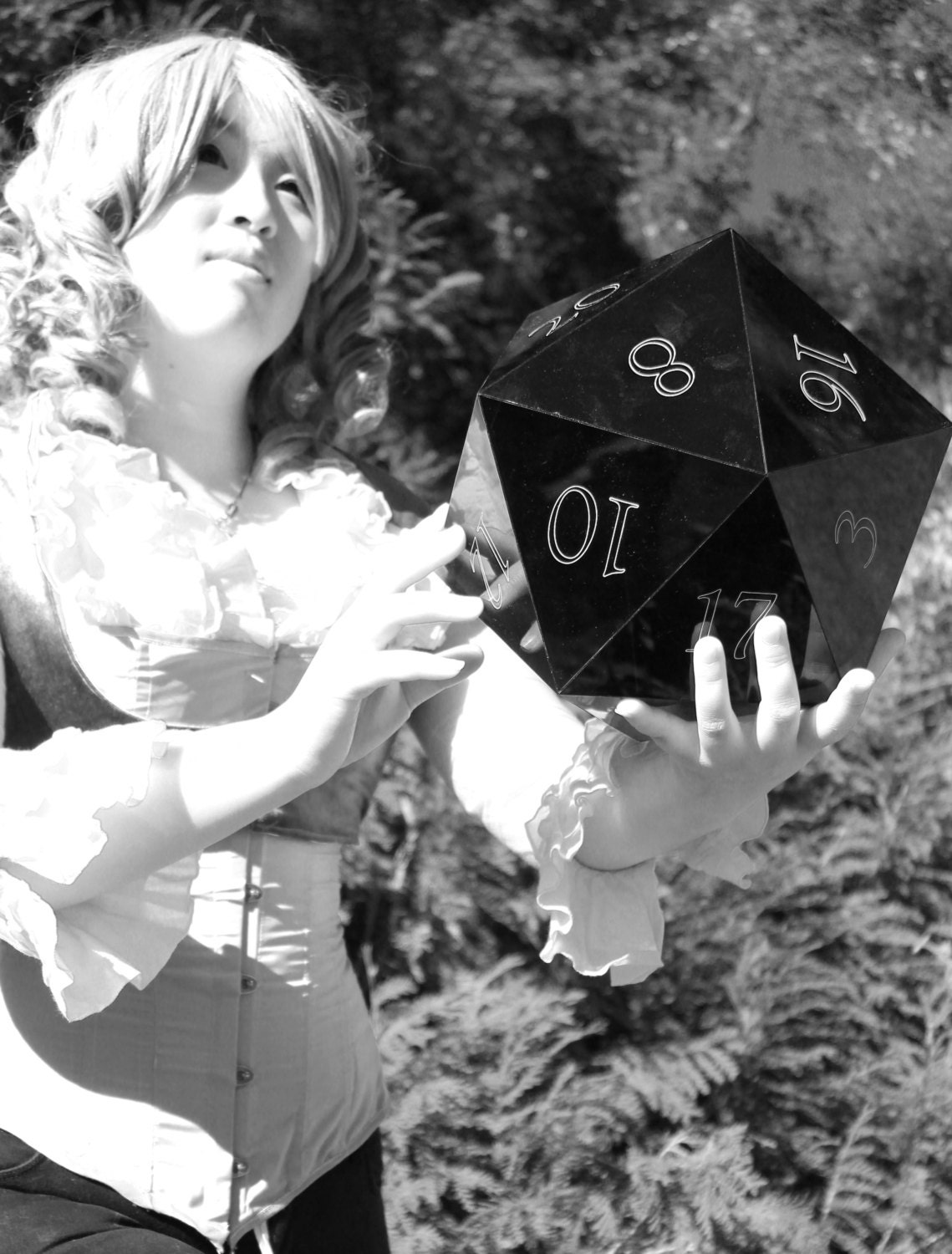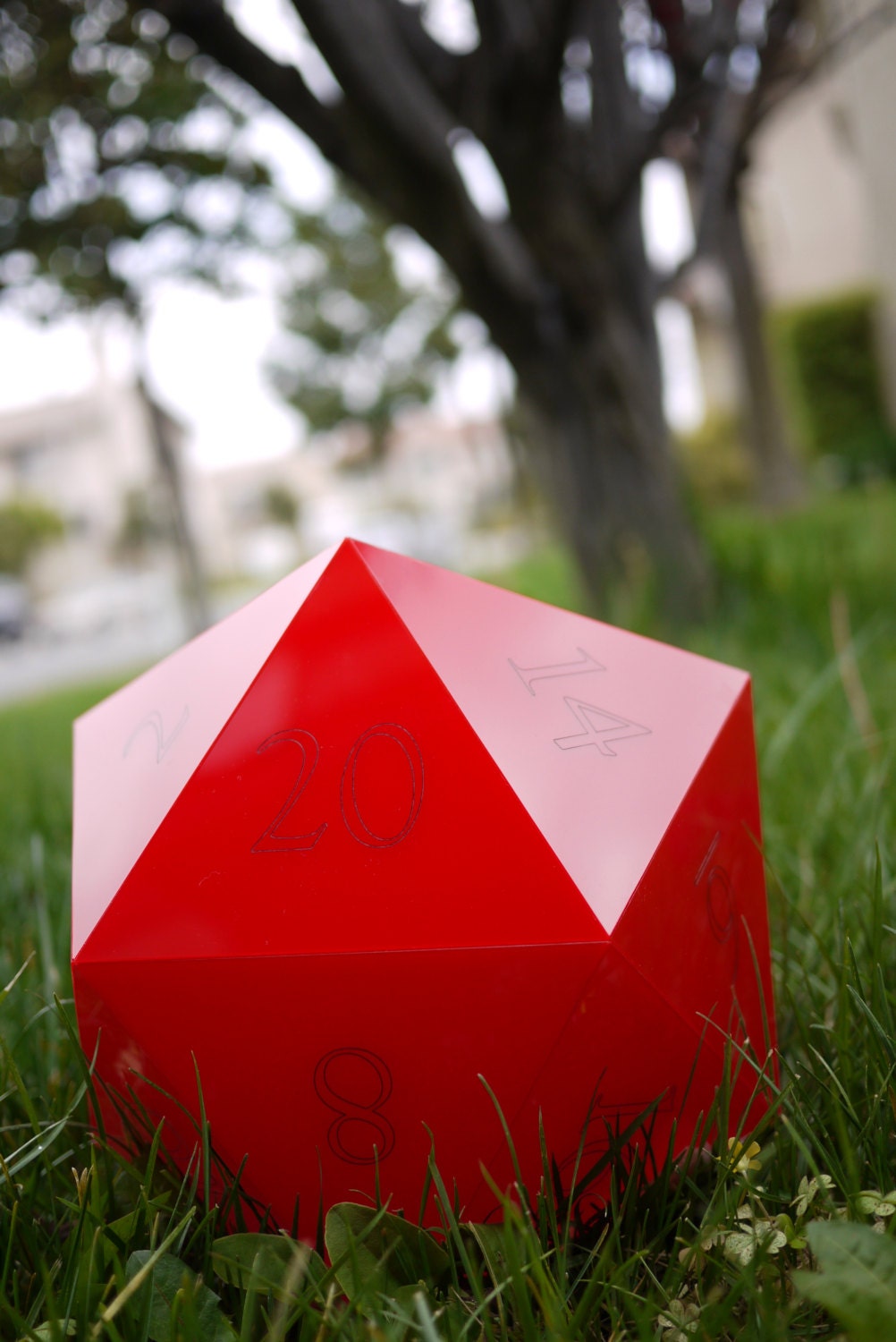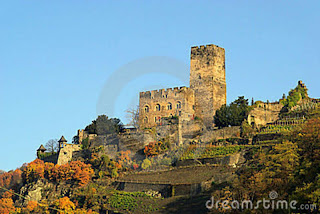Archaeologists find secret chamber at Drum Castle
 Drum Castle, near Banchory, is the oldest intact building in the care of the National Trust for Scotland. Picture: Complimentary
Drum Castle, near Banchory, is the oldest intact building in the care of the National Trust for Scotland. Picture: ComplimentaryARCHAEOLOGISTS have discovered a secret medieval chamber and its ancient loo - hidden for centuries - during a conservation scheme to protect the oldest castle keep in Scotland.
The remarkable discovery has been made at the 700-year-old medieval tower at the National Trust for Scotland’s Drum Castle near Banchory
Drum Castle, the seat of the Chief of Clan Irvine for centuries, has the oldest keep in Scotland and is the oldest intact building in the care of the trust.
The trust is planning to bring in specialists to remove cement pointing on the ancient tower and replace it with traditional, breathable lime mortar to help preserve the historic keep.
And the hidden chamber - complete with its medieval toilet - was uncovered while initial archaeological investigations were being conducted by Dr Jonathan Clark from FAS Heritage.
 Dr Clark explained: “We knew that there were hidden passages because there were window openings at first floor level, but we couldn’t see from the inside of the tower where the windows were because they are hidden by the bookshelves of the nineteenth century library.
Dr Clark explained: “We knew that there were hidden passages because there were window openings at first floor level, but we couldn’t see from the inside of the tower where the windows were because they are hidden by the bookshelves of the nineteenth century library.
“So we set out to unblock two window openings on the west face of the tower to establish the form and condition of these interior spaces. Before we unblocked the windows we wondered if the passages had been filled up with rubble at some point in the history of the evolution of the ancient tower and that there would be nothing to see.”
He continued: “We were surprised that when we carefully unblocked the windows and peered in, and through the dim light of a torch and the mists of dust and trapped for centuries, to find a perfectly preserved medieval chamber, complete with the remains of the guarderobe (toilet) including the remains of the original toilet seat and the original entrance doorway for the medieval hall.”
Dr Clark said: ““This adds greatly to our knowledge of how the interior of the Tower of Drum was used in the medieval period. In due course it should contribute to a greater knowledge of how fourteenth century towers were used in their heyday.”
The archaeologists also discovered a second secret chamber in the tower today as their investigations continued.
Dr Clark revealed: “As work continued this morning, we made another exciting discovery – a second chamber which legend says is where Mary Irvine hid her brother for three years after defeat in the Battle of Culloden. This is a huge discovery for Drum.
“We will now be carefully photographing and measuring what we have discovered so that we can add it to the plans that we have been preparing on the Tower of Drum as part of the bigger project of conservation and archaeological investigation on this important castle.”
Drum Castle, which also features a Jacobean wing and later Victorian remodelling, was developed by generations of Irvines from the 13th Century to 1975, having been given the land by King Robert the Bruce. Legend has it that the barony, and the holly on the Irvine crest, were awarded after William de Irwyn guarded the king sleeping under a bush of the spiky plant.
Drum Castle, the seat of the Chief of Clan Irvine for centuries, has the oldest keep in Scotland and is the oldest intact building in the care of the trust.
The trust is planning to bring in specialists to remove cement pointing on the ancient tower and replace it with traditional, breathable lime mortar to help preserve the historic keep.
And the hidden chamber - complete with its medieval toilet - was uncovered while initial archaeological investigations were being conducted by Dr Jonathan Clark from FAS Heritage.

“So we set out to unblock two window openings on the west face of the tower to establish the form and condition of these interior spaces. Before we unblocked the windows we wondered if the passages had been filled up with rubble at some point in the history of the evolution of the ancient tower and that there would be nothing to see.”
He continued: “We were surprised that when we carefully unblocked the windows and peered in, and through the dim light of a torch and the mists of dust and trapped for centuries, to find a perfectly preserved medieval chamber, complete with the remains of the guarderobe (toilet) including the remains of the original toilet seat and the original entrance doorway for the medieval hall.”
Dr Clark said: ““This adds greatly to our knowledge of how the interior of the Tower of Drum was used in the medieval period. In due course it should contribute to a greater knowledge of how fourteenth century towers were used in their heyday.”
The archaeologists also discovered a second secret chamber in the tower today as their investigations continued.
Dr Clark revealed: “As work continued this morning, we made another exciting discovery – a second chamber which legend says is where Mary Irvine hid her brother for three years after defeat in the Battle of Culloden. This is a huge discovery for Drum.
“We will now be carefully photographing and measuring what we have discovered so that we can add it to the plans that we have been preparing on the Tower of Drum as part of the bigger project of conservation and archaeological investigation on this important castle.”
Drum Castle, which also features a Jacobean wing and later Victorian remodelling, was developed by generations of Irvines from the 13th Century to 1975, having been given the land by King Robert the Bruce. Legend has it that the barony, and the holly on the Irvine crest, were awarded after William de Irwyn guarded the king sleeping under a bush of the spiky plant.






































